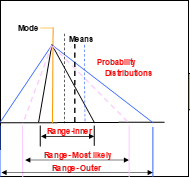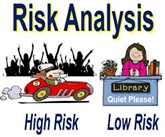Value for Money Analysis
Value for money analysis has been a preoccupation of Acquisition and Logistics Study Centre (ALSC) since its inception, hence ‘Value for Money’ as its motto.
It should be the accepted basis of valid decisions, taken by individuals, business and governments. It exists to provide for wise investment and to obtain value for money.
Sadly, the process and even the underlying science is often manipulated by decision-makers for political or ideological reasons.







